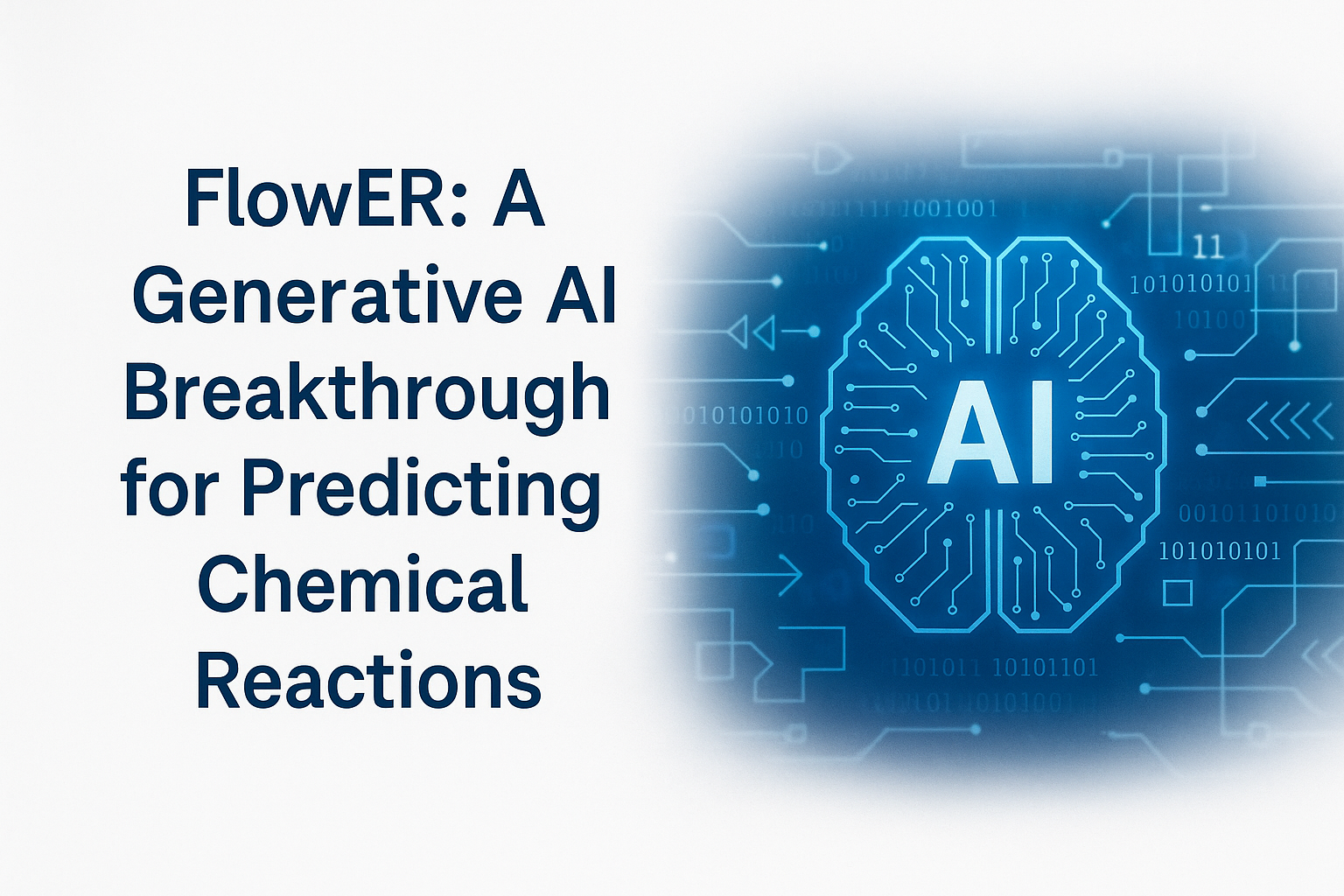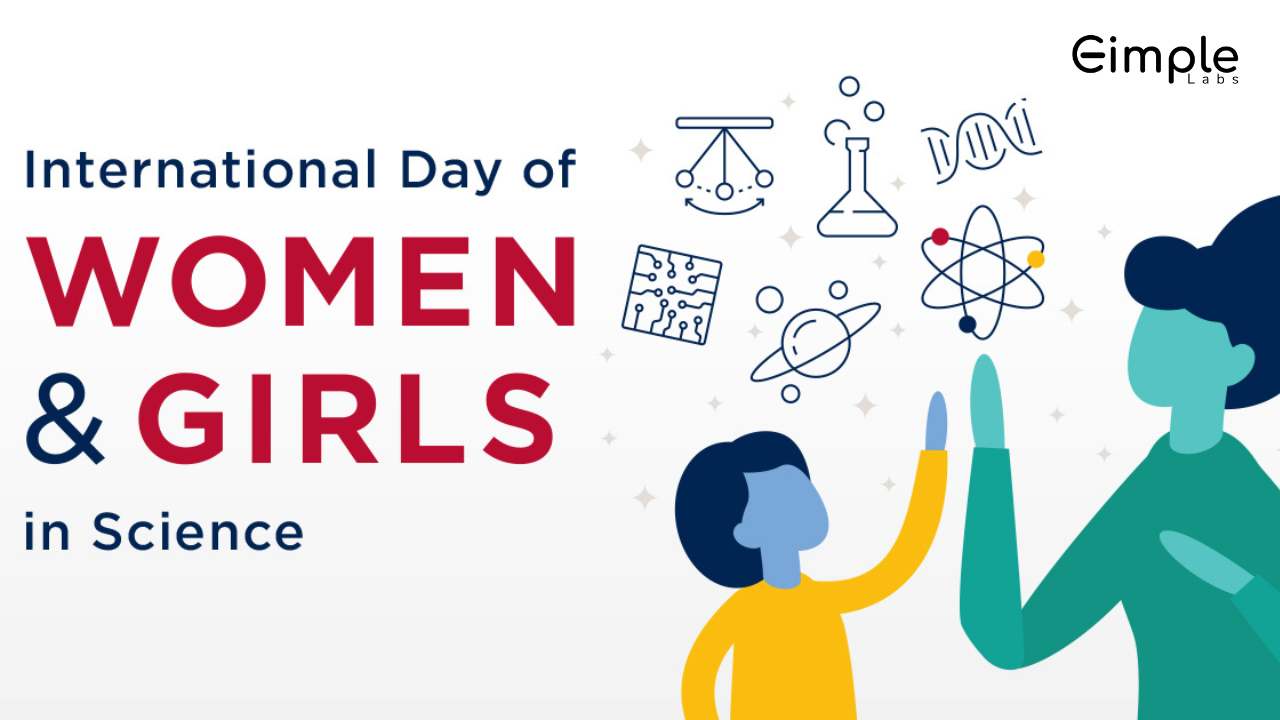Artificial intelligence has transformed many scientific fields, but in chemistry, one of the toughest challenges remains predicting how molecules will react. Traditional AI systems, including large language models (LLMs), can often guess products of reactions but fail to obey the fundamental laws of physics. They sometimes “hallucinate” atoms or electrons, creating outcomes that are chemically impossible. A new approach from MIT, called FlowER (Flow matching for Electron Redistribution), directly addresses this challenge by grounding AI in the actual physical principles that govern reactions.
Why Reaction Prediction Matters
Chemical reaction prediction is at the heart of discovery. Whether designing a new drug, developing advanced materials, or modeling environmental processes, scientists need to know what will happen when molecules interact. Current computational methods often stop at the “before and after” picture—reactants and products—without considering the mechanistic steps in between. This can lead to unreliable results, wasted lab experiments, and missed opportunities for innovation.
FlowER changes this by explicitly modeling how electrons move during a reaction. Since electrons determine bond-making and bond-breaking, capturing their flow is the most natural way to reflect what happens in real chemistry.
The Science Behind FlowER
The foundation of FlowER is a method dating back to the 1970s, when chemist Ivar Ugi introduced the bond–electron (BE) matrix. This mathematical tool represents bonds and lone pairs in a structured way: nonzero values mark electron pairs, and zeros represent absence. By using this representation, the FlowER system ensures conservation of both atoms and electrons, avoiding the pitfalls of unconstrained generative models.
FlowER uses flow matching, a modern generative AI technique. Instead of simply predicting a final product, the model learns a continuous pathway that gradually transforms reactants into products. At each step, the BE matrix is updated while keeping physical constraints intact. This way, FlowER doesn’t just “guess” the answer—it builds a plausible mechanistic pathway.
Key Achievements
- Physics-Grounded AI: Predictions automatically obey conservation of mass and charge. No phantom atoms appear, and no electrons disappear.
- Mechanistic Insight: Instead of opaque predictions, FlowER outputs interpretable steps that resemble the arrow-pushing mechanisms chemists already use.
- Robust Training: The model was trained on more than a million reactions from U.S. patent databases, providing real-world diversity in its chemical knowledge.
- Superior Validity: Compared with other AI predictors, FlowER consistently produces outputs that are both accurate and chemically valid.
- Open Source: The entire platform—including models, datasets, and code—is available on GitHub, enabling global collaboration.
Applications Across Chemistry
The potential of FlowER spans many fields:
- Drug Discovery: Mechanistic predictions can help chemists design synthetic routes for complex molecules, saving time and resources.
- Materials Science: From polymers to semiconductors, FlowER can identify feasible reaction pathways in developing new materials.
- Environmental Chemistry: Understanding atmospheric and combustion reactions requires accurate, large-scale reaction networks—FlowER could provide a reliable backbone.
- Electrochemistry: Energy storage and conversion technologies rely on electron flow; FlowER’s electron-tracking is a natural fit.
Limitations
While FlowER represents a major leap forward, it is still a proof of concept. The training data lacks sufficient coverage of metal-catalyzed and heterogeneous reactions, which are central in many industrial and pharmaceutical processes. Expanding the dataset to include catalytic cycles is a priority. The team also envisions pairing FlowER with quantum chemistry calculations for more accurate energy profiling, further strengthening its predictive power.
In the long term, FlowER could become part of automated discovery pipelines, integrating with lab robotics and synthesis planning tools. By linking physically faithful predictions with real-world experiments, it may accelerate the pace of chemical innovation.
Why This Matters
FlowER demonstrates that generative AI doesn’t have to be a black box. By embedding the laws of chemistry directly into the model’s architecture, it produces results that chemists can trust and build upon. The system is not only a step toward more accurate reaction prediction but also a shift in how AI approaches scientific problems—aligning computational creativity with physical reality.


